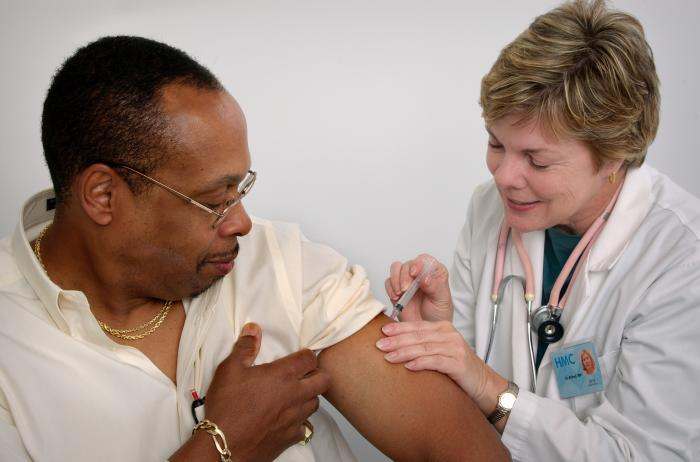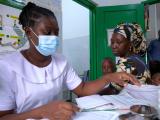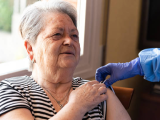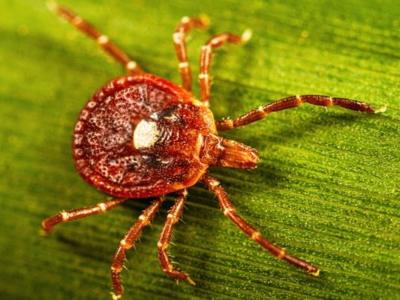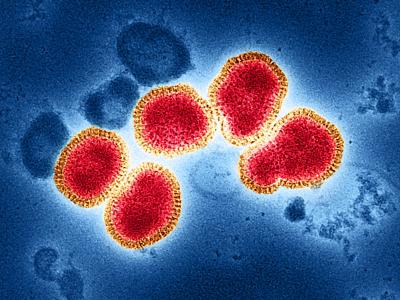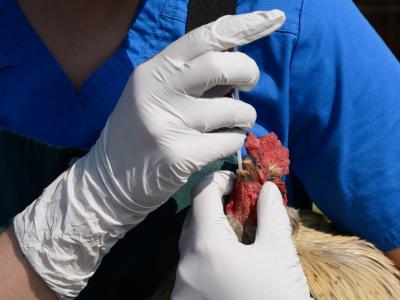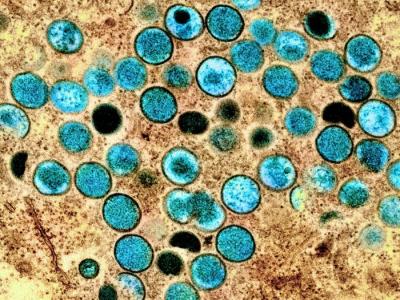Each year from 2001 to 2023, average inflation-adjusted private-sector vaccine costs in the United States climbed 0.9% for children and 1.4% for adults, while costs of vaccines contracted through the Centers for Disease Control and Prevention (CDC) increased 0.9% and 1.0%, respectively.
These findings, from a CDC study published late last week in Vaccine, call into question the common assumption that inflation-adjusted vaccine costs over time are constant, the authors say.
The teamanalyzed private-sector and CDC-contracted vaccine cost data using the CDC Vaccine Price List converted to 2023 dollars to adjust for inflation. They also calculated the annual percentage changes in costs for each vaccine.
Vaccine advisers weigh cost-effectiveness
The authors cited three kinds of real-world costs that may be relevant for economic healthcare decision-making: (1) the list or wholesale price of a product or service; (2) the contracted price, or the negotiated price of a product, service, or group of either among government agencies, healthcare providers, and product manufacturers; and (3) reimbursement for services paid by private insurance or public payers such as Medicare and Medicaid.
The percentage of vaccines administered under CDC pricing varies by vaccine, the researchers said. As an example, the CDC-administered Vaccines for Children (VFC) federal program provides free vaccines for eligible children. In 2014, about half of US children were eligible for this program.
"Since 1964, the Advisory Committee on Immunization Practices (ACIP) makes recommendations to the Centers for Disease Control and Prevention on the routine use of vaccines and related immunization pharmacological products in the US," the researchers noted. "Part of ACIP deliberations on the recommended use of an immunization product considers the benefits and costs of vaccination strategies, estimated with cost-effectiveness models."
HPV vaccine Gardasil9 saw greatest private price jumps
An increase in both private and CDC annual costs was observed for many vaccines (32 of 50 [64%] and 36 of 51 [71%], respectively). Costs for many vaccines rose more than the Personal Consumption Expenditures (PCE) index. Negative changes in cost per year were seen for the remaining vaccines.
For cost-effectiveness analyses of vaccines in the US, our findings suggest that multi-year vaccination programs can underestimate the long-term costs of vaccination when assuming a constant vaccine cost per dose.
While changes in cost varied by vaccine, the average overall inflation-adjusted private-sector costs climbed 0.9% and 1.4% per year for childhood and adult vaccines, respectively, while annual CDC-contracted costs rose 0.9% and 1.0%, respectively, for pediatric and adult vaccines.
Among childhood vaccines, the human papillomavirus (HPV) vaccine Gardasil9 saw the greatest change in annual cost for both private ($9.25 [4.1%]) and CDC costs ($7.89 [4.3%]). Adult vaccines also saw the greatest change in private costs for Gardasil9 ($9.03 [4.0%]), but for CDC costs, the pneumococcal vaccine Pneumovax23 had the largest annual change in CDC cost ($4.66 [10.0%]).
Vaccines with the largest decreases in annual costs were the Haemophilus influenzae vaccine Hiberix ($1.21 [6.0%] for private costs) and the meningococcal vaccine Bexsero ($2.59 [1.9%] for adult CDC costs only).
Vaccines added to the CDC Price List in 2010 or later saw 2.6% and 1.5% annual increases in private and CDC costs, respectively. In contrast, vaccines added to the list before 2010 had average 0.04% and 0.5% annual increases, respectively.
"For cost-effectiveness analyses of vaccines in the US, our findings suggest that multi-year vaccination programs can underestimate the long-term costs of vaccination when assuming a constant vaccine cost per dose," the authors wrote. "These findings can inform cost-effectiveness analyses of multi-year vaccination programs and policies."
